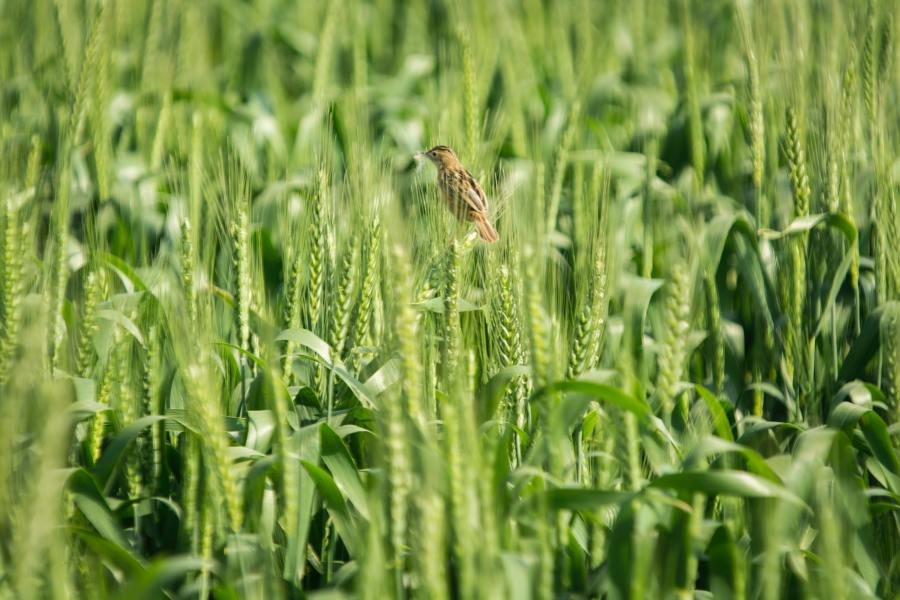The health of UK farmland birds and current action being undertaken to safeguard them is now clearer, thanks to the participation of farmers in an annual survey.
Results of the 2023 Game and Wildlife Conservation Trust’s Big Farmland Bird Count have now been shared, which the charity says has revealed more than ever before.
Thanks to dry settled weather during the count period, more than 1700 farmers and land managers took observations. Organiser Dr Roger Draycott says that the fact the count is in its 10th year shows the passion and commitment from British farmers.
Species variance
A total of 149 species were recorded across more than 607,000ha. Highlights included white-tailed eagles on the Isle of Benbecula, white storks in Cambridge and cirl buntings in Devon.
Most frequently spotted were blackbirds, woodpigeons and robins, seen on seven out of every ten counts. Birds seen less frequently were jack snipe, bittern, red grouse, and the fast declining willow tit.
Farm conservation work
As well as bird data, the count also seeks information on farm habitat and conservation work. Farm biodiversity advisor, Jess Brooks, analysed the data and says there are some ambitious landscape-scale conservation projects taking place.
“62% of respondents are in an agri-environment scheme which is a big jump from 37% last year. Around 47% are providing some form of extra seed for birds in late winter, which helps them to survive this period of high starvation risk,” she says.
Game
Of the 36% of participants who run a wild or released gamebird shoot, nearly half grow wild bird seed mixtures. In addition, 62% provide supplementary food for farmland birds. In contrast, of those who don’t operate a shoot, just 21% grow wild bird seed mixtures and 32% provide supplementary food.
Red-listed species
Of the 460,000 birds counted in the survey, a large proportion were from species of conservation concern, with 33 on the Red List and 47 on the Amber List. Starlings, lapwings, fieldfares and linnets were the four most abundant Red-Listed species, with nearly 200,000 counted, equating to 42% of all birds recorded.
NFU President Minette Batters says it’s great to see the hard work of farmers paying off. “Thank you to the 1,700 farmers and growers who joined the Big Farmland Bird Count this year.
“Alongside producing quality, climate-friendly food, farmers are the custodians of the great British countryside and are working to boost biodiversity, create habitats for wildlife and provide additional feeding for farmland birds,” she says.




